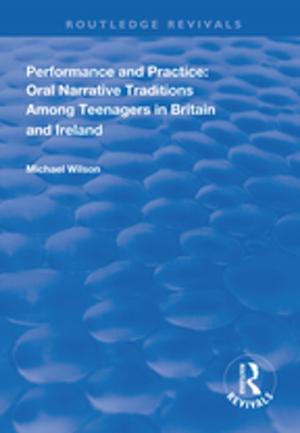A Dynamic Model of the US Energy System
A Tool For Energy R & D Planning
Business & Finance, Economics, International Economics, Theory of Economics, Industries & Professions, Industries| Author: | John P. Weyant | ISBN: | 9781351384070 |
| Publisher: | Taylor and Francis | Publication: | September 5, 2017 |
| Imprint: | Routledge | Language: | English |
| Author: | John P. Weyant |
| ISBN: | 9781351384070 |
| Publisher: | Taylor and Francis |
| Publication: | September 5, 2017 |
| Imprint: | Routledge |
| Language: | English |
Originally published in 1984, this book develops a quantitative model designed for use in the evaluation of the relative merits of alternative energy R&D programmes. It is used to compare the merits of major energy-technology R&D programmes during the 1970s in the USA: Liquid-metal fast breeder reactors, synthetic fuels derived from coal and oil shale and improved efficiency in end-use technologies. The benefits/disadvantages are analyzed in terms of economics, security and the environment. Although published some years ago, the economic benefit assessed is in terms of the impact that commercialization of a particular energy-technology would have on the total 60 year cost of the US energy supply system. The security benefit is measured in terms of the reduction of crude oil imports and the environmental factors are measured here by the total tonnage of coal and oil shale that is extracted each year. All of these issues continue to be relevant today.
Originally published in 1984, this book develops a quantitative model designed for use in the evaluation of the relative merits of alternative energy R&D programmes. It is used to compare the merits of major energy-technology R&D programmes during the 1970s in the USA: Liquid-metal fast breeder reactors, synthetic fuels derived from coal and oil shale and improved efficiency in end-use technologies. The benefits/disadvantages are analyzed in terms of economics, security and the environment. Although published some years ago, the economic benefit assessed is in terms of the impact that commercialization of a particular energy-technology would have on the total 60 year cost of the US energy supply system. The security benefit is measured in terms of the reduction of crude oil imports and the environmental factors are measured here by the total tonnage of coal and oil shale that is extracted each year. All of these issues continue to be relevant today.















